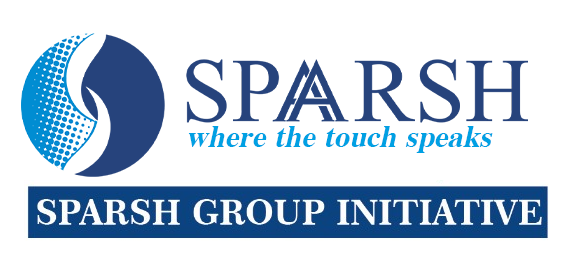In the past few decades, there has been a significant change in the perspective towards education. Traditional schooling implies that there is a common technique which can be applied in a classroom without regard to the learning ability of the students. The rise of differentiated learning recognises each student’s uniqueness.
Personalised learning is a modern concept of training that allows educators to focus on students’ skills, preferences and required competencies. This strategy, technology enhanced and individualised, nurtures passions, talents and hobbies of each student. Blended learning aims to revolutionise learning by providing individual student accessibility, flexibility and efficiency.

What Do You Understand By Personalised Learning?
Personalised learning is one of the educational models that aim to meet the needs of each and every student. Complete traditional education system implies a clearly set curriculum based method and a specific speed at which the content is delivered. Personalised learning is a form of differentiation of classroom practice in terms of teaching strategies, learning materials and forms of testing to match students’ needs. This teaching approach respects the individual differences of each child and eventually fosters constructive learning.
Personalised learning encompasses several key components:
Customised Curriculum: Good teaching and learning activities are planned with an aim of matching the curriculum with a student’s capabilities and areas of weakness.
Flexible Pacing: Students are able to progress through the material at a pace which suits them, spend time on difficult lessons and learn simpler lessons in a shorter amount of time.
Learner Autonomy: Empowers students to be involved deeply in their learning process and equally in determining what they learn and how they learn.
Technology Integration: Learning and process improvements are done often through technology tools where progress is measured, feedback offered in real-time and resource links provided.
This student-centred approach allows for better mastery and understanding of concepts, creates a positive attitude for learning and puts students in a better place to flourish in this constantly evolving world.
The Advantages of Personalised Learning
Personalised learning introduces learning much further than what is in a learning syllabus. Being personal in its implementation, this approach to learning solves the needs for personal development and allows each student to nourish individual potential to the maximum.
Enhanced Academic Performance
This approach of learning aids in mastering subjects of preference. This progression eradicates gaps in knowledge and leads to building a more robust academic foundation.
Increased Engagement
Lessons learnt must also correspond with the interests that a particular student holds. Students that participate well during lessons are more likely to remember what has been taught to them and be lifelong learners.
Improved Confidence and Independence
Giving the student full responsibility of their own learning enhances skills in critical thinking, problem solving and decision making. This autonomy builds self-confidence and prepares students for challenges both within and outside of the classroom.
Support for Diverse Learning Needs
Personalised learning is especially advantageous for children with diverse learning styles, talents and issues. This method ensures that all learners have an equal chance of success by offering customised help.
The Role of Teachers and Technology
Teachers serve as mentors, facilitators and guides in personalised learning. They develop individualised learning plans, track progress and offer tailored support through diverse methodologies.
Technology is essential for personalised learning. Adaptive learning platforms analyse student performance and recommend resources and activities through the use of artificial intelligence. These technologies facilitate teachers' understanding of their students and provide opportunities for personalised attention. Advancements in technology enable learners to access instructional content as a resource across various platforms. Lessons are significantly more engaging when delivered through virtual simulations, games and multimedia presentations that align with current expectations.
Implementing Personalised Learning
The process of achieving success through personalised learning isn’t easy. This requires considerable planning and cooperation of teachers, students and parents alike. To foster adaptive accountability, there is a necessity for schools to support teacher training, improve on information technologies and curriculum. It is also necessary to develop a culture of change and innovation among educators, learners and their parents.
Schools that adopt personalised learning as one of its core beliefs transform students more effectively into self-confident adults. Through the means of highly qualified and motivated faculty, advanced technologies and focus on students, modern-day schools offer opportunities for each student to succeed.
Conclusion
Personalised learning is a big change in the way we teach and learn because it helps each student reach his full potential. This plan equips students with the necessary skills and confidence for a bright future by utilising personalised approaches, engaging them in the learning process and leveraging technology.
Schools such as Swarnprastha Public School are at the vanguard of these innovations and provide a deep insight into how learning is revolutionised by catering to personalised needs of students. Through this, Swarnprastha Public School is preparing the foundation to foster confident, capable and interested students through the development of goals plus an intense determination to achieve the best.
FAQ
1. How do teachers and technology support personalised learning?
Teachers guide and mentor students, creating tailored plans and tracking progress. Technology aids in this process by using AI to recommend resources, enabling interactive tools like simulations and gamified lessons, making learning more engaging and accessible.


